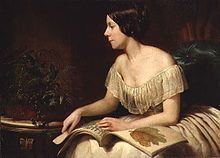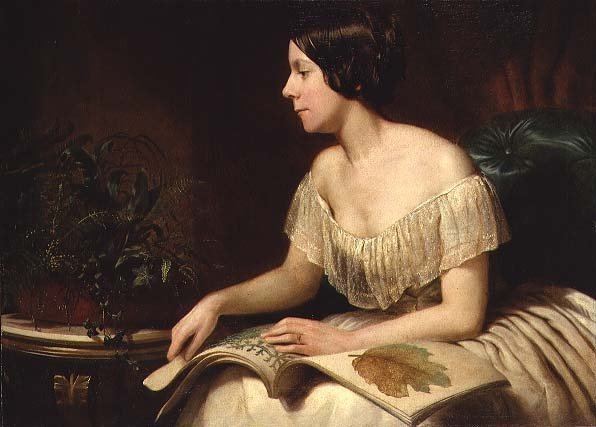Name Anne Pratt | ||
 | ||
Books The Flowering Plants - Gr, The Excellent Woman, Flowers and their associations | ||
Anne pratt on top billing
Anne Pratt (5 December 1806 – 1893) was a botanical and ornithological illustrator from Strood, Kent. The second of three daughters of Robert Pratt (1777–1819), a grocer, and Sara Bundock (1780–1845), Pratt was one of the best known English botanical illustrators of the Victorian age. Owing to poor health and a 'stiff knee' in childhood, she missed out on 'outdoor activities' and was encouraged to occupy herself by drawing. Anne Pratt was educated at Eastgate House, Rochester, and introduced to botany by Dr. Dods, a family friend. She moved to Brixton, London, in 1826, where she developed her career as an illustrator. She settled in Dover in 1849, then in East Grinstead in 1866, where she married John Pearless; they then moved to Redhill. Anne Pratt died in Shepherd's Bush, London.
Contents

Anne Pratt wrote more than 20 books, which she illustrated with chromolithographs on which she collaborated with William Dickes, an engraver skilled in the chromolithograph process. Her works were written in popular style but were said to be accurate, and are partly responsible for the popularising of botany in her day. From her first book, Flowers and Their Associations, her work sold well, but she never achieved critical acclaim, owing to prejudice against her on the grounds that she was self-taught. Her masterpiece is probably The Flowering Plants, Grasses, Sedges, and Ferns of Great Britain and Their Allies the Club Mosses, Pepperworts, and Horsetails, a six-volume project covering more than 1500 species, with 300 illustrations, that took over a decade to publish in full (1855–1873).
